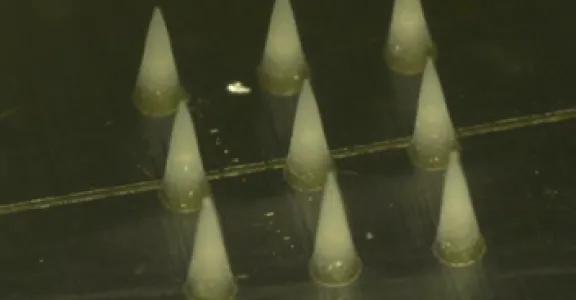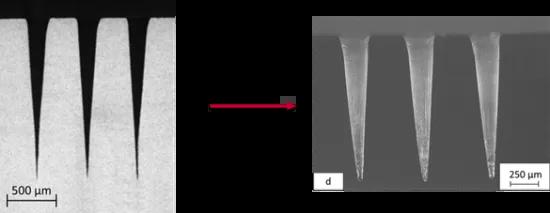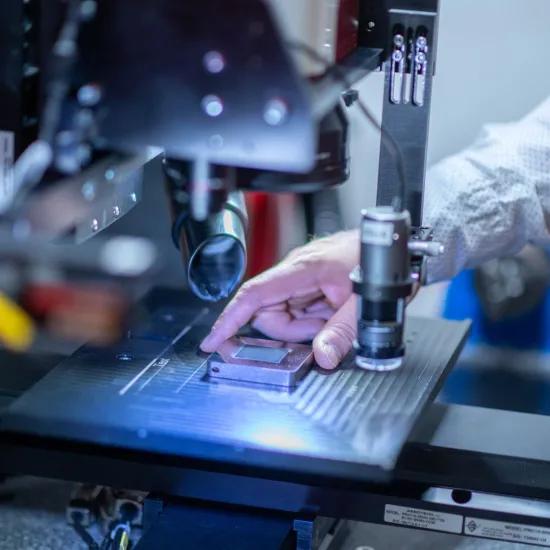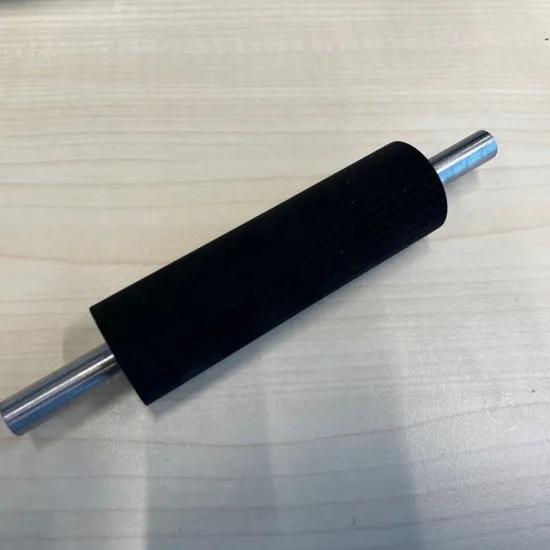A new way to administer painless medication is to use plasters with microneedles. However, the production of this plaster is not yet perfected. Sirris and KU Leuven have investigated whether an injection moulding process could be used to produce these needles in large quantities and at a very low cost.
The administration of medicines, in addition to traditional pills, often takes place via needle injections through the skin. However, this is a process that is never painless and often requires medical assistance. So-called ‘dermal patches’ (plasters) are a solution here: these patches are fitted with microneedles, which are several hundred micrometres long and several tens of micrometres wide, for the simple administration of drugs under the skin. It is a painless method which can be self-applied by users.
Injection moulding microneedles
However, the production of cost-efficient plasters fitted with microneedles is not yet perfected. That is why Sirris and KU Leuven investigated whether an injection moulding process could be used to produce these needles in large quantities and at a very low cost. The challenge was the shape of the needle: it had to be sharp and long enough. Making cavities in a mould that produces these kinds of needles is not easy: many production processes cannot cope with the very small diameter and the high depth. However, ultra-short pulsed lasers prove to be extremely suitable for this purpose. This laser is capable of creating very deep, sharp cavities that are virtually impossible to create with other technologies, and this in a simple and fast way. The shape is unique for fs-lasers and is the result of the 'plasma shielding effect'. During the laser ablation process, material, in the form of a plasma, is thrown up. This material blocks incoming laser light and creates the unique conical cavity with an extremely sharp point, which is essential for a needle.
The cavities can then be inserted into a mould to be used in the injection moulding process (see figure 1). The challenges that were addressed were to find correct injection moulding parameters to obtain a correct filling of the cavity and an ejection without damage. This was successful, resulting in the desired needles, as presented in figure 2.
Figure 1: Production process plastics micro needles(Source : KU Leuven)
Figure 2: Mould (left) and needle (right)
Initial tests have shown that these microneedles are indeed capable of penetrating the skin in a painless way. Further research will now refine this application and make it ready for real applications.
The study was recently the subject of an article published in Manufacturing Letters, where you can, if you wish, read more about the process and the results achieved.
(Source picture at the top: KULeuven - Cel Kunststoffen)






